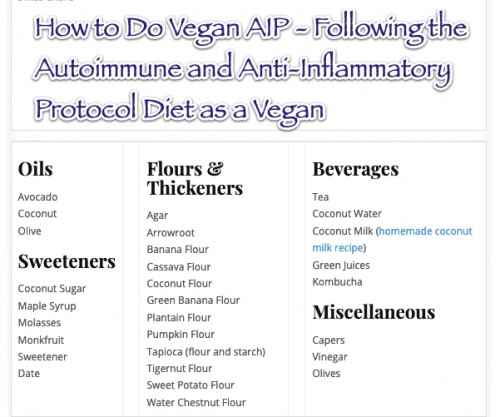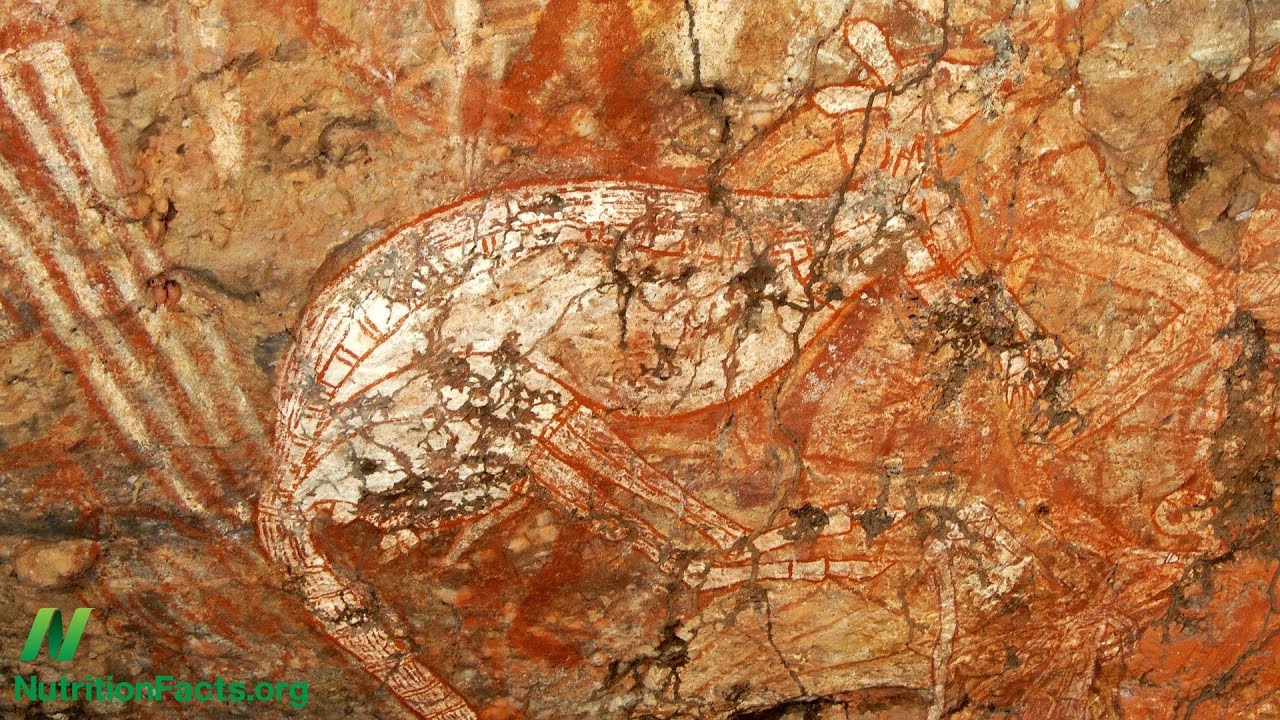
Paleo is not for everyone. In fact, there are still many nutrition and diet myths that are held dear to doctors' offices. These diets have many benefits. The health benefits of Paleo are numerous. Continue reading for more information. Your individual health needs will determine whether or not this diet is right for you. Read this article before you decide to adopt a low-carb lifestyle. Below are some questions you might have.
It reduces inflammation
Paleo diet was created to fight inflammation. Typically, this conversation revolves around questions about specific foods or nutrients that can trigger inflammation. People tend to pay attention to carbs. A low-carb diet can reduce inflammation. What makes a low carb diet anti-inflammatory, you ask? These are some tips to help you reduce carb intake and reap the benefits of a low carb diet.
Despite the many benefits of the Paleo diet, there is still a lack of research on its effectiveness for people with Hashimoto's disease. It is important to consult your doctor before you start any treatment. The diet has been shown to be effective for chronic illnesses such as Crohn’s, ulcerative, and rheumatoid. Though more research is needed, there is already evidence that it can help manage diseases such as Crohn's disease, ulcerative colitis, and rheumatoid arthritis.
Triglycerides

While the Paleo Diet has been promoted as a weight-loss program, its effects on triglycerides may not be as apparent as you might believe. Low-carb diets tend to raise cholesterol levels and increase triglycerides, but other studies show that these diets improve heart health. Triglycerides, which are fat-based energy, are stored in fat cells.
Triglycerides, the main component of body fat, are formed by the conversion from calorie intake to the fatty acids. These are stored in fat cells, and then released when energy is required. Excessive triglycerides, known as hypertriglyceridemia, can cause adverse effects on the cardiovascular system. A low-carb diet can help lower triglycerides.
According to a study, those who ate a high amount of fat and low amounts carbs saw significant drops in their triglycerides. Their total cholesterol levels fell by 13%. Participants experienced no side effects and lost a median of 10 pounds on the low-carb, safe diet. For 24 weeks, overweight adults went on a long-term ketogenic diet. The results showed lower levels of triglycerides and body weight, as well as a decreased BMI and blood glucose, and better LDL and blood glucose.
Blood pressure
Many Paleo advocates are worried about the possible negative effects of low-carb diets on blood pressure. Truth is, a healthy diet can lower blood sugar by reducing cortisol levels and replacing processed foods with whole foods. Low-carb diets do not cause orthostatic hypertension. This is a condition many people are concerned about. Here are some tips to lower blood pressure on a Paleo diet:

One study found that low-carb diets are better than traditional weight-loss programs for treating high blood pressure. This is not conclusive but it is worth noting that it has been proven to lower blood sugar without causing weight loss. In addition, a Paleo diet can improve glucose tolerance and insulin secretion, lipid profiles, and even improve cholesterol levels. Furthermore, moderate weight loss on the paleo diet can reduce the risk of high blood pressure and obesity, as well as improve glucose tolerance.
Weight
The paleo diet is not a new concept. Although it has been around for decades, it really gained popularity during the 2000s, when athletes and crossfitters started using it to fuel their performance. There are many companies that offer paleo-friendly foods today. But what exactly does it do? What are the benefits for your body? How can it help you lose weight? Find out more. This article will explore the benefits and drawbacks of a paleo diet.
Mixing carbs and fat triggers reward circuits within the brain. Combining carbs with fat causes the body to store more calories. This combination makes it easy for people to gain weight. To help combat this problem, you should limit the intake of sugar, grains, and harmful vegetable oils on the paleo diet. Instead, focus on whole foods and less processed food.
FAQ
Do I have to go to culinary school in order to be a professional chef?
No. No. Some went to culinary school simply to gain experience. But most chefs prefer culinary school as it offers them more opportunities for learning and growth. Culinary schools give students hands-on experience, which allows them to develop valuable skills as well as improve their culinary knowledge.
Can I learn to cook alongside my kids?
Yes! Yes! It's a fun activity which teaches children responsibility and teamwork. From washing vegetables to chopping onion, children can help. If your children follow safe practices when handling knives, they will enjoy helping you cook.
Can you be a self-taught cook?
You can learn to cook by yourself! Cooking is one of those things that everyone loves doing, whether they know how to do it or not. If you are interested in learning how to cook, start cooking at home. Start small, such as making pancakes for breakfast and spaghetti sauce at dinner. Experimenting with new recipes is the best way to learn to cook. It is possible to make mistakes.
Learning to cook takes anywhere from a couple of hours to several weeks, depending on what type of skill level you are looking for. It's important to remember that cooking isn't just about following recipes. There are many ways of cooking food. So if you have an idea for a recipe, use it.
How much does it cost to study Culinary Arts?
Prices for studying culinary arts vary widely. For example, a 4-year degree costs about $40,000. A two-year associate degree, on the other hand may cost less than $5,000. The type of program you choose will determine the tuition rates. Private institutions charge higher prices than public ones.
Statistics
External Links
How To
How to cook steak
The type of meat you are cooking will determine the right method to use. Thicker steaks cook best at low heat. Thicker steaks require higher temperatures.
It's important to not overcook the steaks as they will lose their taste. Make sure to remove the steaks from the pan after it is done. This will help you avoid burning your skin.
The size and desired doneness of the steak will affect the cooking time. Here are some guidelines:
Medium Rare: Cook the meat until it reaches medium rare (63°C). This should take between 3 and 5 min per side.
Medium: Cook the meat until it reaches 160°F (71°C). This typically takes 6 minutes per side.
When done well, cook until the internal temperatures reach 180°F (82°C). This can take between 8-12 minutes per side.